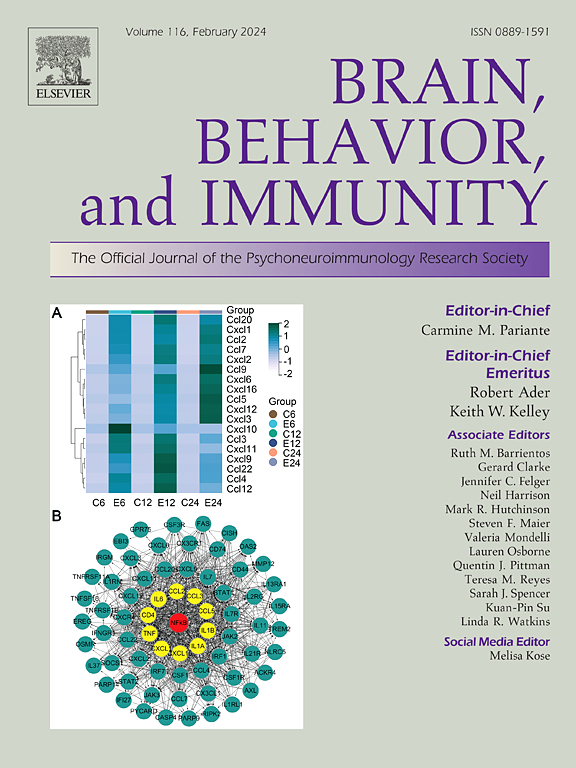HIV-TAT dysregulates microglial lipid metabolism through SREBP2/miR-124 axis: Implication of lipid droplet accumulation microglia in NeuroHIV
Abstract
Chronic HIV infection can dysregulate lipid/cholesterol metabolism in the peripheral system, contributing to the higher incidences of diabetes and atherosclerosis in HIV (+) individuals. Recently, accumulating evidence indicate that HIV proteins can also dysregulate lipid/cholesterol metabolism in the brain and such dysregulation could be linked with the pathogenesis of HIV-associated neurological disorders (HAND)/NeuroHIV. To further characterize the association between lipid/cholesterol metabolism and HAND, we employed HIV-inducible transactivator of transcription (iTAT) and control mice to compare their brain lipid profiles. Our results reveal that HIV-iTAT mice possess dysregulated lipid profiles and have increased numbers of lipid droplets (LDs) accumulation microglia (LDAM) in the brains. HIV protein TAT can upregulate LDs formation through enhancing the lipid/cholesterol synthesis in vitro. Mechanistically, HIV-TAT increases the expression of sterol regulatory element-binding protein 2 (SREBP2) through microRNA-124 downregulation. Cholesterol synthesis inhibition can block HIV-TAT-mediated NLRP3 inflammasome activation and microglial activation in vitro as well as mitigate aging-related behavioral impairment and memory deficiency in HIV-iTAT mice. Taken together, our results indicate an inherent role of lipid metabolism and LDAM in the pathogenesis of NeuroHIV (immunometabolism). These findings suggest that LDAM reversal through modulating lipid/cholesterol metabolism could be a novel therapeutic target for ameliorating NeuroHIV symptoms in chronic HIV (+) individuals.

 求助内容:
求助内容: 应助结果提醒方式:
应助结果提醒方式:


